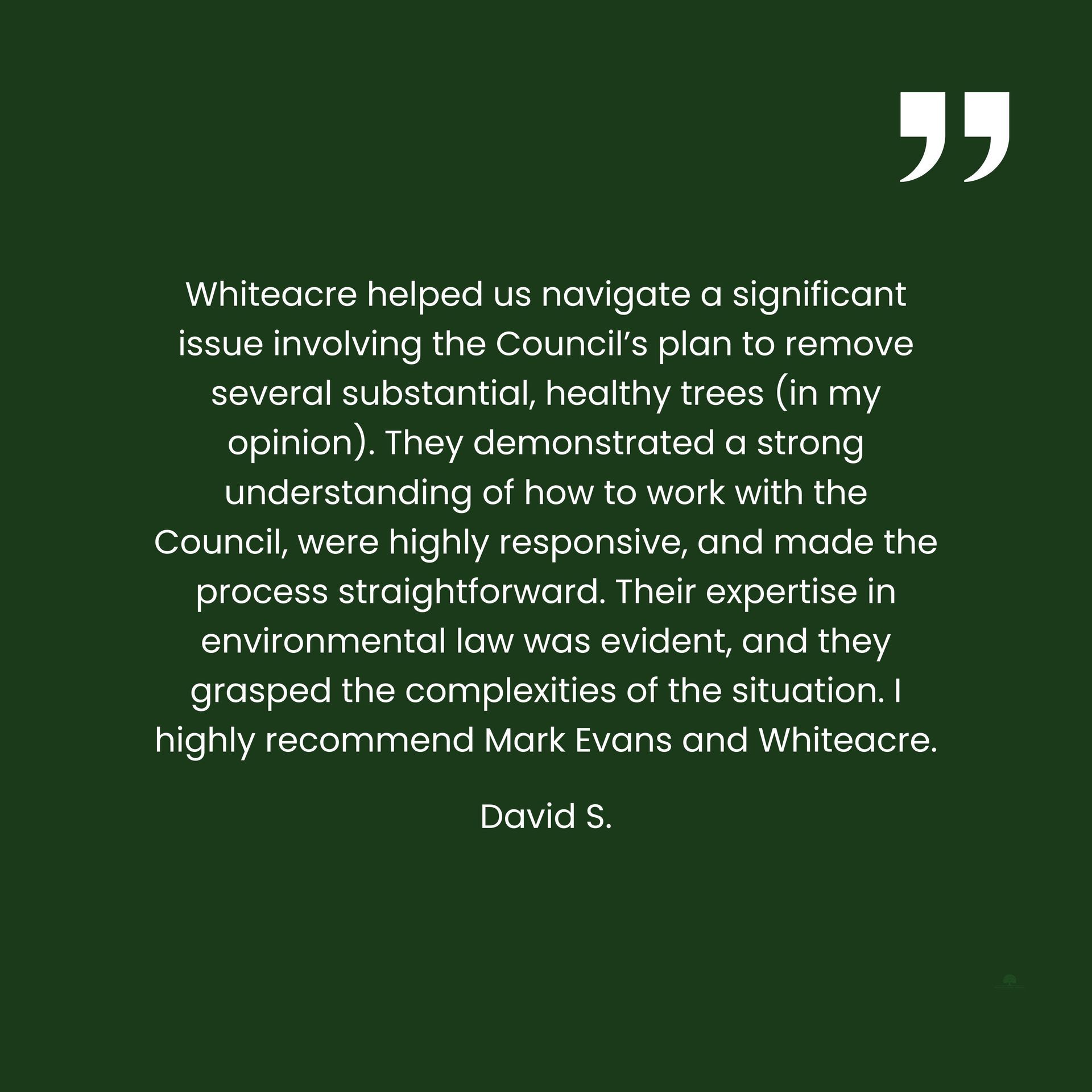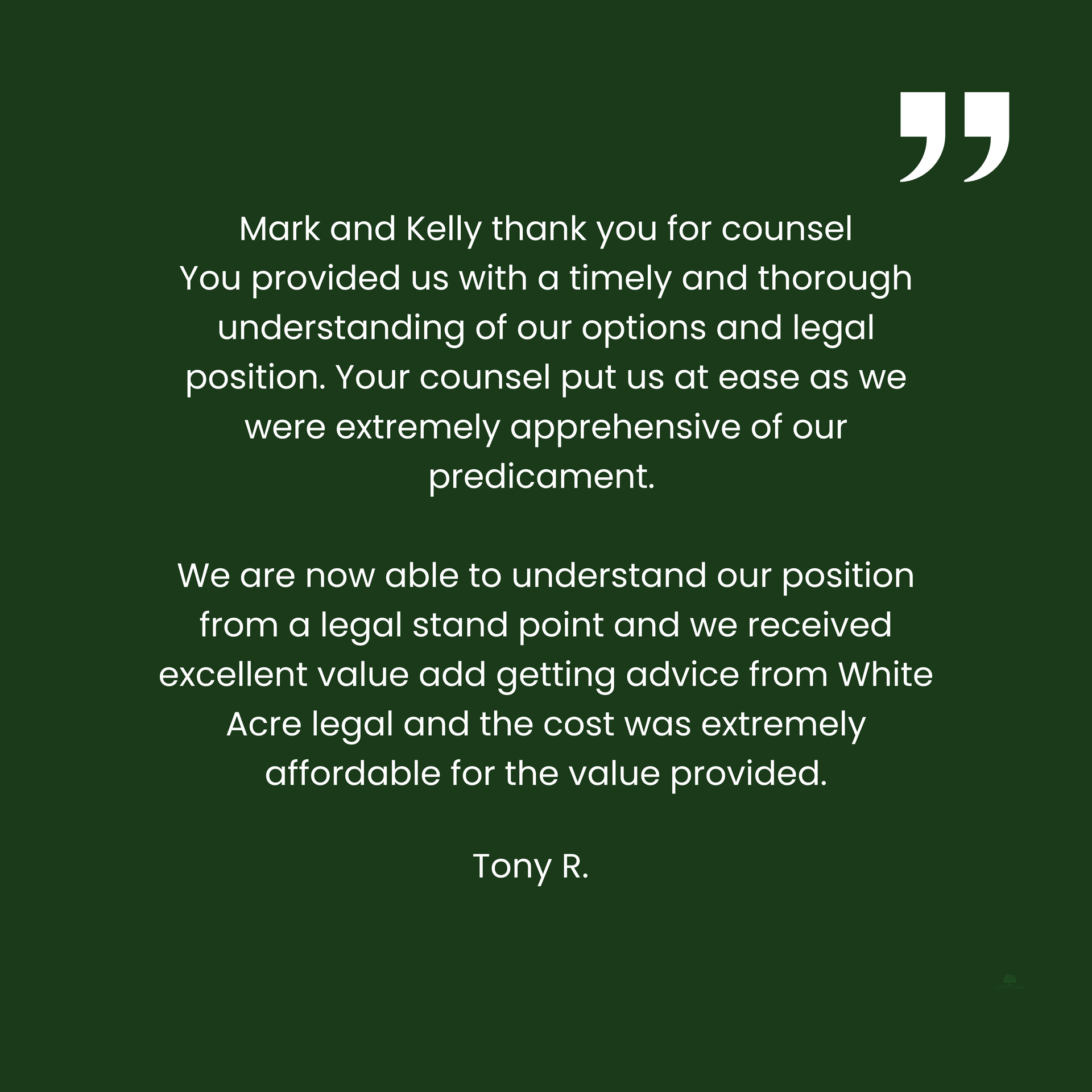Physical commencement and lapsing of development consents
This article examines case law in New South Wales and examples of works that have been held to constitute physical commencement.
Recent changes to the Environmental Planning and Assessment Regulation 2000 (EPA Reg 2000) in 15 May 2020 specifically exclude some works from constituting “physical commencement”.
Developers and construction companies can minimize the risk of their development consent lapsing by carefully reviewing the conditions of consent to understand exactly what works may be undertaken to activate a development consent.
Lapsing of Development Consent
Development consents typically lapse after 5 years.
Section 4.53 of the Environmental Planning and Assessment Act of 1979 (EPA Act) provides that, in most cases, a development consent will lapse after 5 years from the date from which it operates. That period can be shortened by the relevant consent authority.
Physical commencement
The term “physical commencement” is not a defined term in the EPA Act. Instead, it is derived from s (02) 9145 0900 of the EPA Act which states that development consent for the erection of a building, or subdivision of land, or the carrying out of a work:
“does not lapse if building, engineering or construction work relating to the building, subdivision or work is physically commenced on the land to which the consent applies before the date on which the consent would otherwise lapse…”
In the past, Courts were asked to consider specific examples of works that were undertaken and whether those works fell within “building, engineering or construction work” and whether those works related to the land the subject of the development consent. Over time, the terms “physical commencement” and “building, engineering or construction work” were given a broad interpretation.
Before the introduction of s 124AA into the EPA Reg 2000 (now s 96 of the Environmental Planning and Assessment Regulation 2021 (EPA Reg 2021)), examples of works that were held to be sufficient to prevent a development consent from lapsing were:
- survey work including clearing of vegetation, digging of holes, placement of permanent marks and placement of pegs or stakes as recovery marks: Hunter Development Brokerage Pty Ltd v Cessnock City Council; Tovedale Pty Ltd v Shoalhaven City Council [2005] NSWCA 169 (Hunter Development);
- geotechnical work including excavation of test pits and testing of soil samples: Hunter Development; and
- clearing of shrubs (site clearing): Cando Management and Maintenance Pty Ltd v Cumberland Council [2019] NSWCA 26; 237 LGERA 128 (Cando).
Case law
Hunter Development
In Hunter Development the Court held (at [83]) that physical surveying work on the land involving the taking of levels, placing of pegs, the removal of vegetation and the establishment of permanent survey marks including the centre points of an approved subdivision road were part of the engineering work required for the establishment and construction of the subdivision.
There is, however, an element of fact and degree. Simply entering land in respect of which a subdivision has been approved and knocking in one or two pegs would not necessarily qualify (per Tobias JA at [86]).
There must be a real nexus between the work and the approved consent. In particular, the concept that the work must be "physically commenced", requires physical activity which involves an appearance of reality and which is not merely a sham: (per Tobias JA at [86]).
Further, the Court held that the excavation and testing of the soil samples was “engineering work” that had been physically commenced on the land notwithstanding that the soil was analysed elsewhere. The excavation of the soil samples and their subsequent testing was a necessary step in the satisfaction of the conditions of the consent (at [117]).
De Battista
In De Battista v Shoalhaven City Council [2020] NSWLEC 164 (De Battista), the work accepted as physical commencement included preliminary investigations consisting of engineering analysis of soil and a geotechnical assessment which included a recommended pavement thickness design.
Cando
In Cando Management and Maintenance Pty Ltd v Cumberland Council [2019] NSWCA 26; 237 LGERA 128 (Cando) the Court of Appeal held that clearing of shrubs constituted “construction work” relating to the land the subject of the consent and was therefore “physical commencement” of works. Accordingly, the consent did not lapse.
The developer in that case undertook a number of unauthorised works on the site including the clearing of trees. The Court of Appeal (at [115]) held that the removal of trees breached the conditions of the consent and could not be relied upon.
However, the development consent contained no conditions which restricted the removal of bushes and general site clearing. The Court held that it was not a natural use of language to define the removal of trees or the clearing of bushes on site as “demolition works” which were governed by conditions of consent.
Accordingly, because the removal of bushes was a necessary antecedent step in the development and because the removal of bushes did not result in a breach of any of the conditions of the consent, the developer could rely on those works as “physical commencement” of construction works on the site and the consent did not lapse: per White JA at [117] – [118].
New test of physical commencement
Perhaps as a result of the caselaw above (which set a low bar for the works that could achieve physical commencement) a new definition of “physical commencement” was introduced into the EPA Reg 2000 in May 2020 (now s 96 of the EPA Reg 2021).
The new definition provides:
“1. For the purposes of section (02) 9145 0900 of the Act, work is not taken to have been physically commenced merely by the doing of any one or more of the following—
- creating a bore hole for soil testing,
- removing water or soil for testing,
- carrying out survey work, including the placing of pegs or other survey equipment,
- acoustic testing,
- removing vegetation as an ancillary activity,
- marking the ground to indicate how land is to be developed.
2. This clause does not apply to a development consent granted before the commencement of this clause.”
As a result, for development consents granted after the commencement of the new clause (15 May 2020) the previous low bar derived from the case law above and the broad interpretation of “physical commencement” will no longer be available to holders of development consents.
The new test is much more onerous and minor, preparatory works may no longer suffice to prevent the lapsing of development consent.
The new test does not, however, state what works may be sufficient to constitute physical commencement. Earlier case law may still be relevant, particularly Hunter Developments. The new test still requires that the works relied upon are (1) “building, engineering or constructions works” (2) have a physical nexus to the land and (3) are more than a “sham”.
We expect that the new test will start to bite in relation to development consents granted after 15 May 2020, but for the time being, development consents granted before this time are being dealt with in the courts. Some further examples of those cases are set out below.
Ongoing case law following commencement of the new test
PAG Services
In PAG Services Pty Ltd v Byron Shire Council [2023] NSWLEC 40 (PAG Services) the Land and Environment Court accepted that the removal of coastal cypress pines, banksia and “various pruning” was sufficient to activate the development consent.
The Court applied the savings provision in s 96(2) of the EPA Reg 2021 and applied the previous test in determining if the physical works amounted to physical commencement. The Court held that the clearing of vegetation in this case constituted “construction work” which was very much an initial commencement of the road works. These works were permitted and contemplated by the development consent, physically commenced on the land to which the consent related and were undertaken prior to the lapsing date.
Phillip Rise
In Phillip Rise Pty Ltd v Kempsey Shire Council [2023] NSWLEC 28 (Phillip Rise) the Court applied the test in Hunter Development and accepted that acid sulphate soil testing was relevantly engineering work that was capable of constituting the physical commencement of development.
The Court held that such work is related to the development even if it serves more than the purpose of activating the consent.
Hitchcock v Reed
In Hitchcock v Reed [2022] NSWLEC 81 (Hitchcock v Reed), the works relied upon consisted of demolition of existing dormer windows associated with an alteration to the northern side roof of the existing dwelling house to accommodate a larger dormer window were deemed as substantial engineering, demolition, and construction works to existing structures on the site.
However, the applicant failed to comply with conditions of the development consent prior to undertaking the works relied upon. As a result, the works relied upon were not in accordance with the Consent, could not be said to “relate to” the development works and could not be described as having “commenced” the development the subject of the Consent.
Accordingly, the Court declared that the Consent has lapsed.
Donvito
In Donvito v Hawkesbury City Council [2022] NSWLEC 26 (Donvito), the Court ruled that the works involving the creation of the two apertures in the wall to the existing structure and prior construction works including “Acrow‑propping” physically commenced the 2013 consent. Since the consent was proposed to be carried out in stages, and that the first stage did not include any work to the asbestos‑sheeting roof, it was appropriate that this could be deferred for satisfaction until the stage when such works to the roof were contemplated.
Chu v Inner West
In Chu v Inner West Council [2022] NSWLEC 14 (Chu v Inner West), the Court did not accept that asbestos inspection was sufficient to physically commence the development. It ruled that the physical attendance of the asbestos consultant on-site and his thorough visual inspection and tapping of walls did not amount to physical commencement of the development to which the Consent relates.
Additionally, clearing of trees was relied upon. The Court held that the tree work, which it considered “site works”, being preparatory works to ready the site, was carried out in breach of the conditions of the Consent and therefore the work could not amount to physical commencement of the development to which the Consent relates.
There was no compliance as to the protection of adjoining areas, installing tree protection measures, notice to neighbors, a waste management plan in place, etc. before the tree work commenced. Accordingly, the Court held that there was no physical commencement of works in this case that would prevent the consent from lapsing.
Conclusion
The conditions of the development consent and the type and nature of works that may constitute physical commencement sufficient to prevent a development consent from lapsing must be carefully considered.
We can assist by considering the individual circumstances of your development consent, granted either on or after 15 May 2020, and advise on its activation by ‘physical commencement’ of certain works to ensure it does not lapse.
We can also undertake a detailed review of any proposed conditions of consent and advise on any opportunity to minimise your risk in relation to enlivening your future development consent.
If you have any questions regarding any aspect of this article, please feel free to get in touch.
Require further assistance? please do not hesitate to call us on (02) 9145 0900 or make an enquiry below.
Browse by categories

Servicing all of NSW, Whiteacre provides expert property law and planning and environment law advice and assistance.
✓ Planning Law Advice
✓ Land and Environment Court Appeals
✓ Voluntary Planning Agreements and Contributions
✓ Development Control Orders and Enforcement
✓ Property Development Advice and Due Diligence
✓ Title Structuring
✓ Easements and Covenants
✓
Strata and Community Title legislation
Book an initial consultation through our website with our planning law solicitor. Whether it's about planning and environment law or property law, you can approach us and discuss your matter to make sure we are a good fit for your requirements.








































